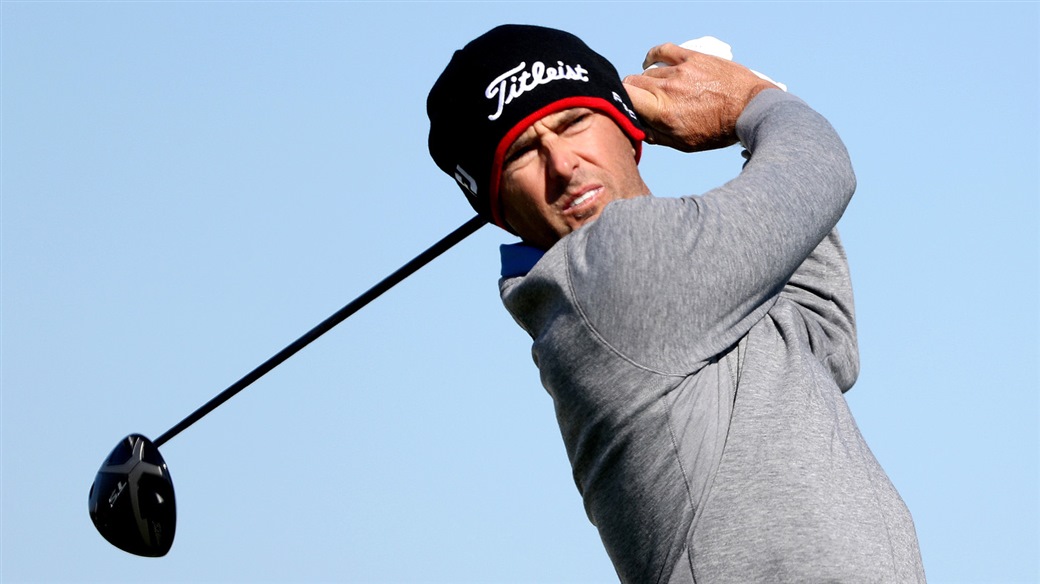
As the cold weather moves in across most of the country, we're starting to see more and more questions from Team Titleist members about temperature and its impact on golf ball performance. Tour pros like Charles Howell III (above) know what adjustments need to be made as the mercury falls, but do you?
To get some hard, cold facts (apologies), we went to our experts in golf ball R&D to get a little more insight on the topic and what we found out is that there are two separate issues to consider with regards to temperature and golf ball performance: the temperature of the air and the temperature of the golf ball.
Factor One: Cold Air
When a golf ball flies through colder air, it loses distance because cold air is more dense than warm air. Colder air increases both the lift and drag forces acting on the ball, which results in a slightly higher and shorter trajectory. There is nothing a golfer can do about the effect of air temperature, besides taking it into account when planning the next shot.
Factor Two: Cold Golf Ball
Distance loss can also result from playing with cold golf balls. If a ball gets too cold, its materials can lose some resiliency, resulting in a reduction of initial velocity off the club face. Keep in mind, excessive heat can also have an effect.
To negate this effect, we recommend playing with room temperature golf balls, and storing your golf balls indoors at room temperature throughout the year. Avoid leaving your golf balls in extremely cold or hot conditions, i.e., in the trunk of your car during the winter or summer. If your golf balls are exposed to these conditions, as long as you let them return to a normal temperature gradually, they will perform the same.
If you’re playing in extremely cold conditions, it’s also a good idea to rotate a couple golf balls hole-by-hole, keeping the idle one in a warm pocket in your jacket or pants.
Other Factors:
The exact amount of distance loss due to cold temperatures is difficult to state due to a large number of variables. However, the other factors that typically accompany cold-weather golf (i.e. cold muscles, wearing more layers, frozen ground, wind, etc.) might have a bigger impact on a golfer’s overall performance. For the air temperature effect alone, figure on a distance loss of about 1.5% per 20°F reduction in temperature. For example, for a 50°day versus a 70°day, on a 200 yard shot you would lose about 3 yards.
Best Course of Action: Play the Same Golf Ball
It's also a common misconception that you should switch to a lower compression golf ball in colder conditions. This practice is meant to compensate for the increase in compression that occurs when a ball gets colder. If you play with balls that are at near room temperature as we suggest, this becomes a moot point. Furthermore, modern golf ball models are not sold in a choice of compressions like they were in the wound ball days, so changing compression would necessitate changing to a different model, which may have playing characteristics that are different from what you are used to.
And remember, if you change your golf ball, you change every shot in your bag.
#TeamTitleist